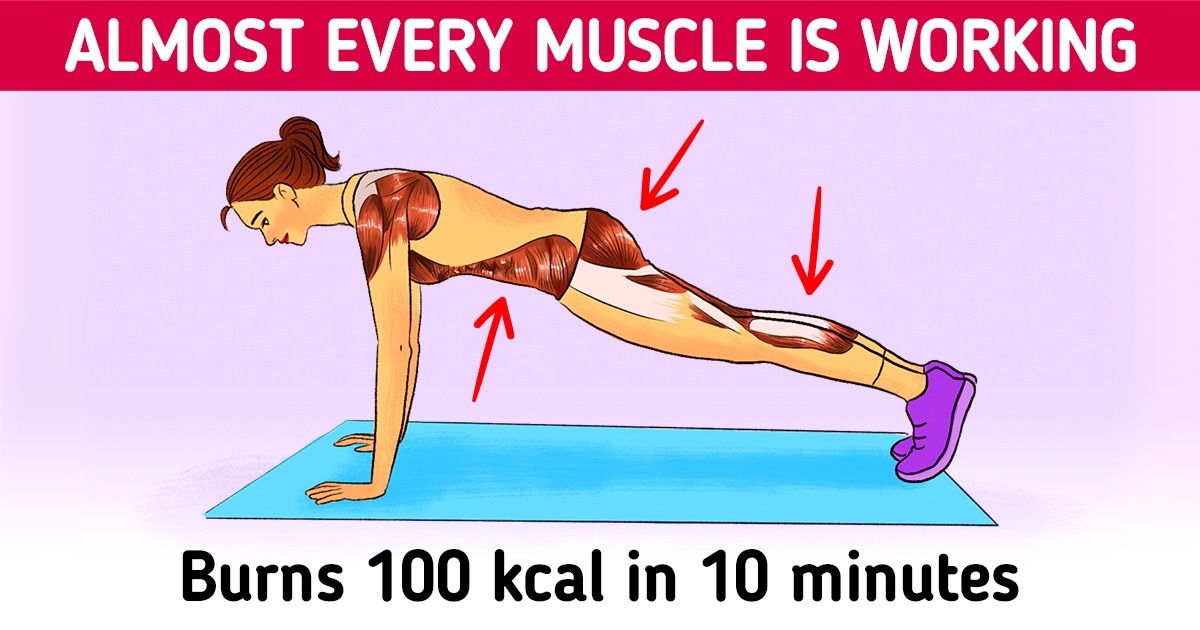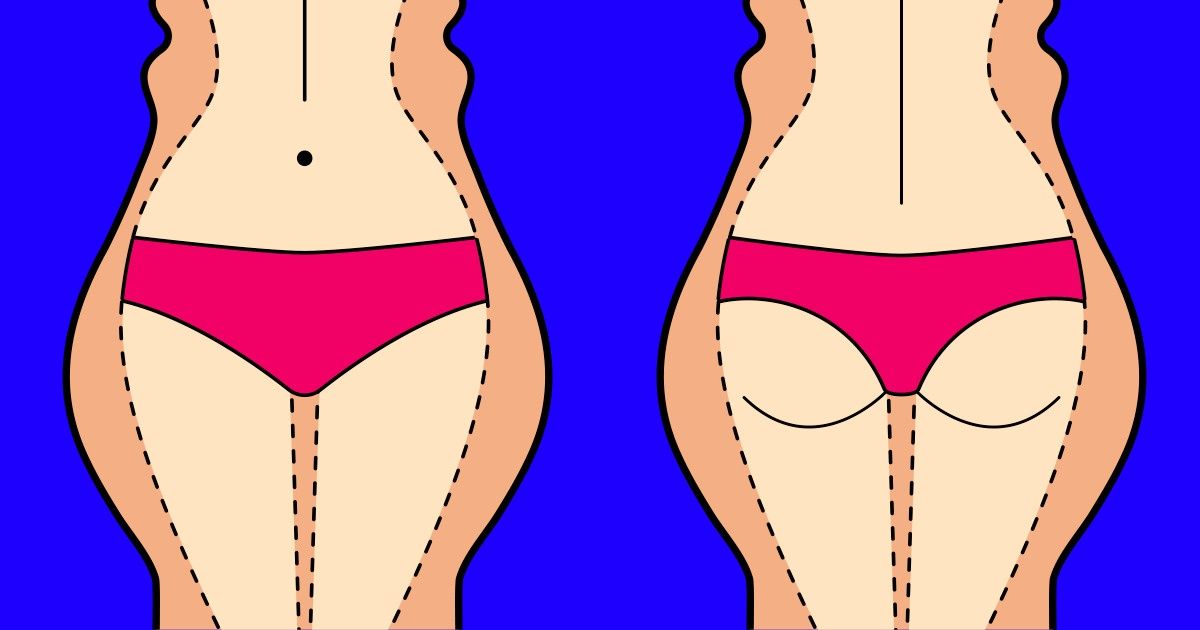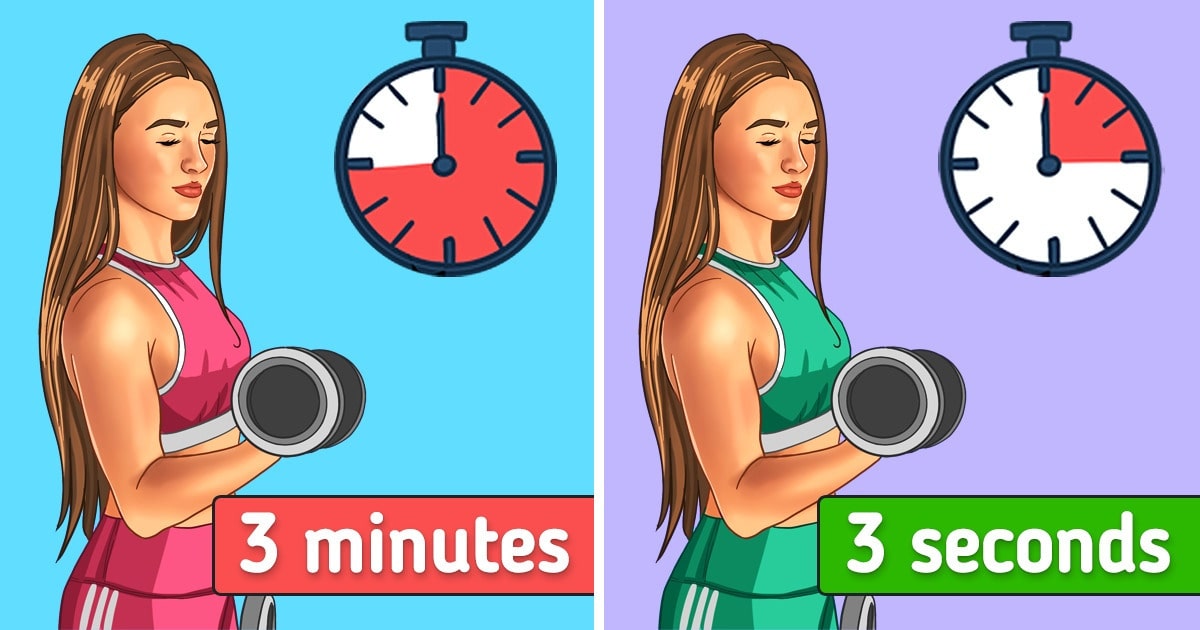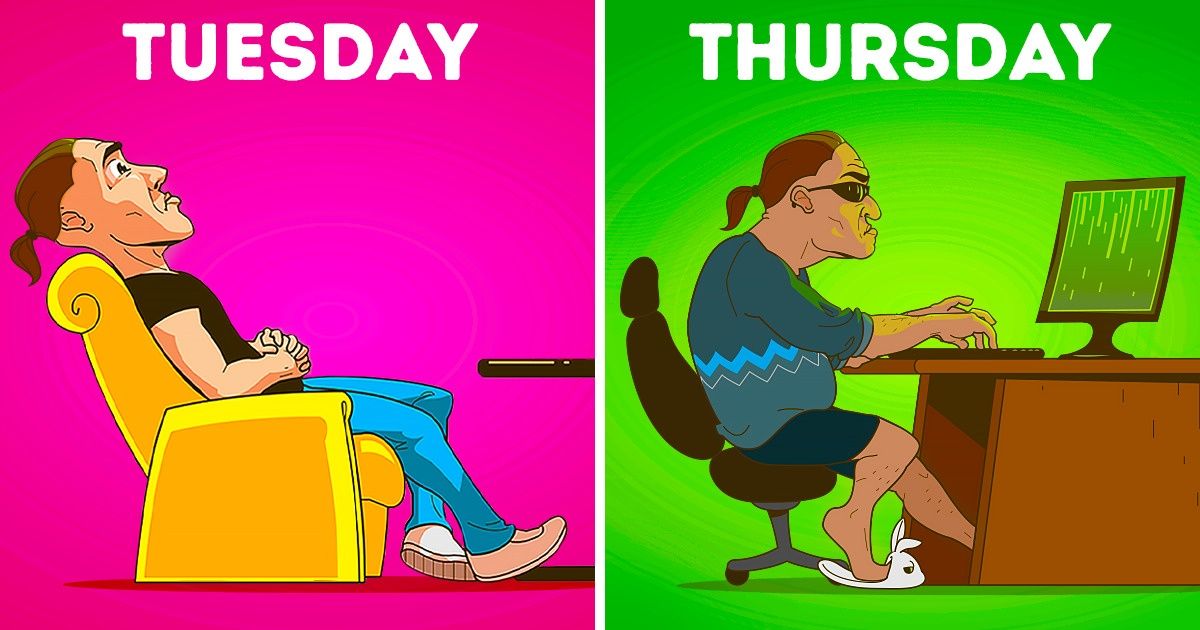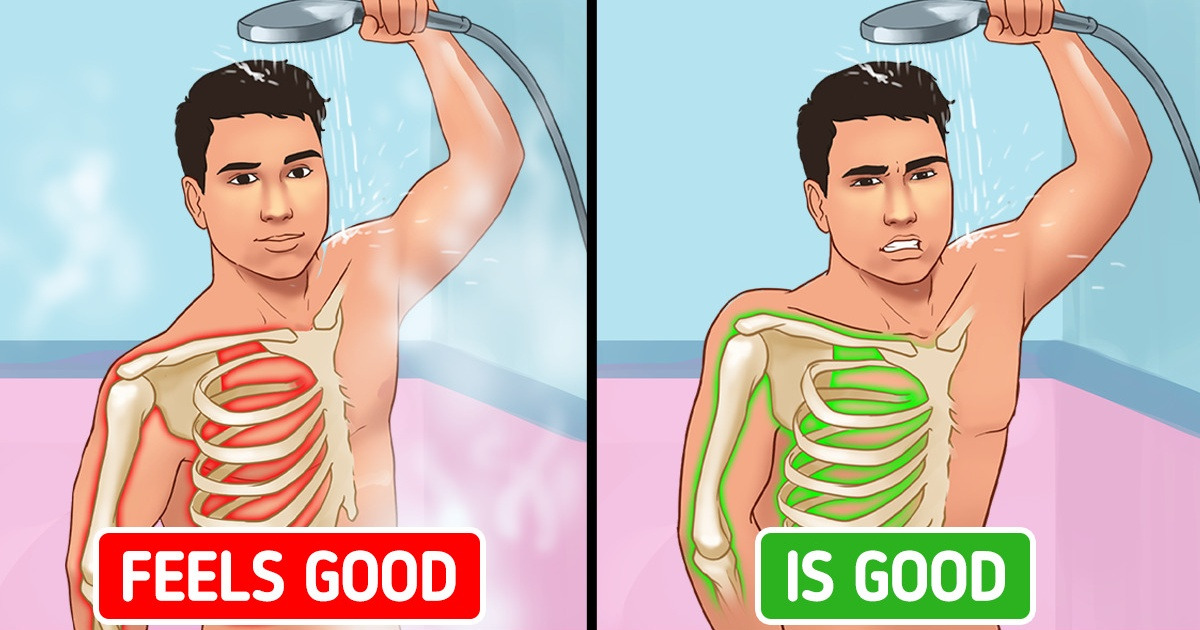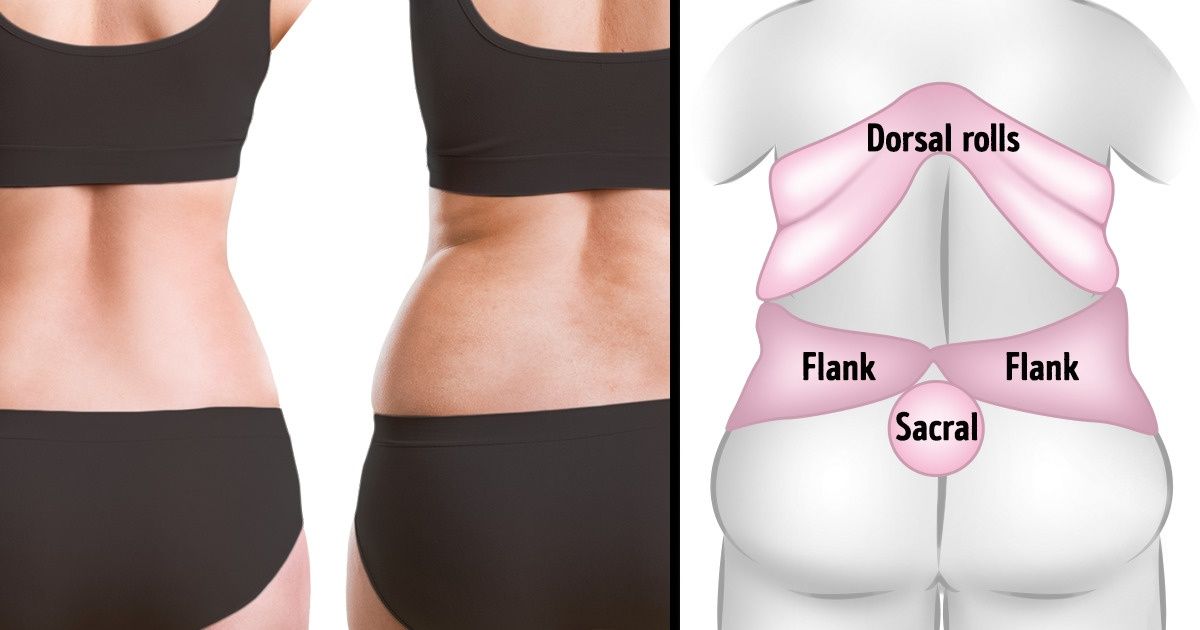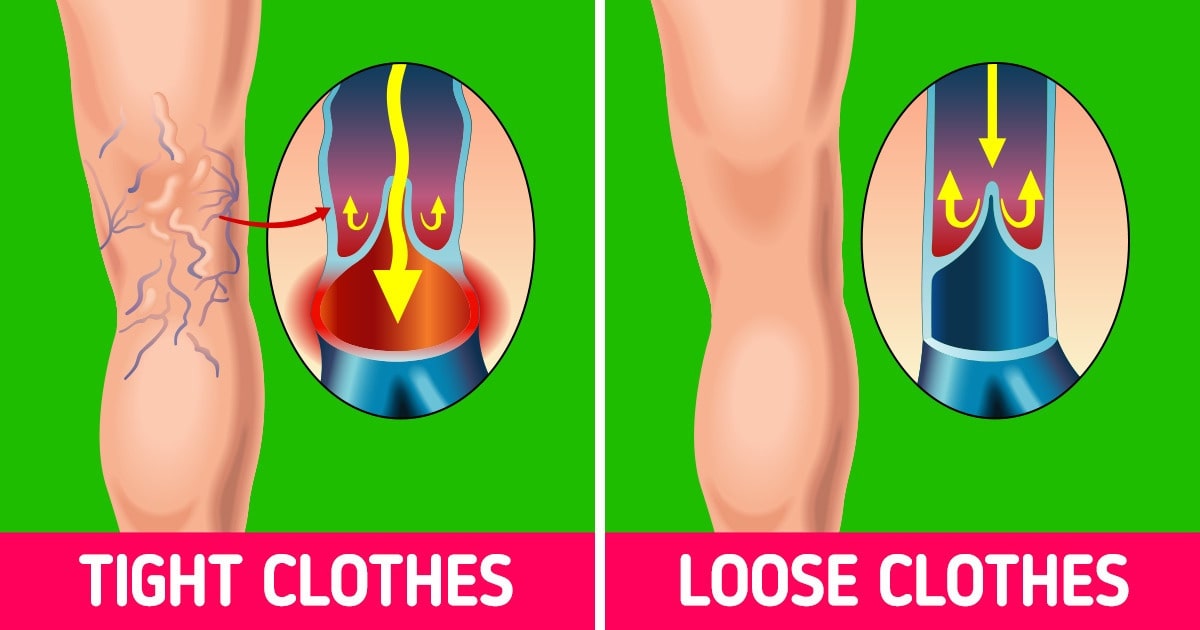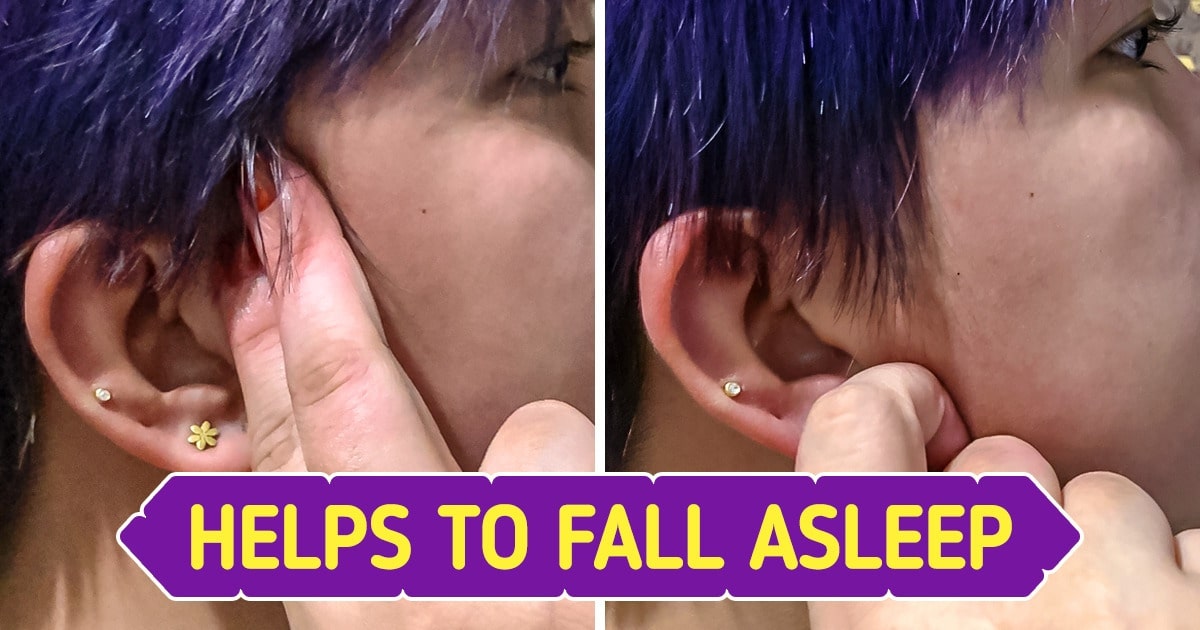Maintaining cognitive vitality is essential as we age. A sharp memory and a clear mind not only improve our quality of life but also empower us to continue learning and engaging with the world. In today’s fast-paced digital era, where mental agility is more crucial than ever, incorporating targeted brain exercises can be a game changer. This blog post explores four powerful exercises—visual stimulation with multicolored text, Schulte Table drills, finger gestures, and bimanual synchronous writing—that can help enhance memory, improve focus, and support overall brain health well into old age. Along with these exercises, we’ll also share additional tips to maximize your cognitive performance and embrace healthy aging.
By integrating these exercises into your daily routine, you can experience improved neural connectivity, increased mental clarity, and better cognitive endurance. Let’s dive into each exercise in detail and discover how you can harness the power of these brain-boosting techniques.
Enhance Visual Memory with Multicolored Text Exercises

Visual learning and stimulation are at the core of many memory enhancement techniques. Multicolored text exercises involve reading or viewing information presented in various colors, which activates different parts of the brain. This method can lead to improved attention, retention, and recall.
How Multicolored Text Boosts Cognitive Function
Using multicolored text in your cognitive training routine works by engaging both the visual and verbal processing centers of your brain. The use of color variations can create distinct memory cues, making it easier to retrieve information later. This technique not only aids in memorization but also enhances concentration and mental agility.
- Visual Stimulation: Colors capture attention. Research shows that visual stimuli can significantly enhance cognitive performance by creating vivid mental associations.
- Enhanced Memory Cues: Each color can act as a trigger for different pieces of information, improving overall recall.
- Improved Focus: By switching between various colors, the brain is forced to stay alert and adapt to changing stimuli, which can lead to heightened concentration.
For more insights into the benefits of visual cognitive exercises, consider reading related articles on Psychology Today and Healthline.
Improve Focus and Speed Reading with Schulte Table Drills
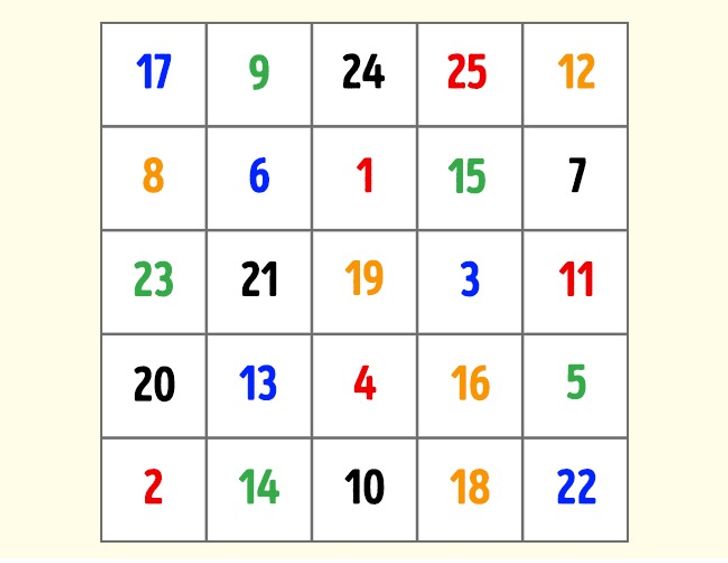
The Schulte Table is a well-known exercise used by athletes, professionals, and students to boost concentration, peripheral vision, and reading speed. This simple yet powerful tool consists of a grid filled with randomly distributed numbers or letters, and the challenge is to locate and identify them as quickly as possible.
Benefits of Schulte Table Drills for Cognitive Enhancement
- Enhanced Attention and Concentration: The exercise forces the brain to focus on multiple elements simultaneously, improving overall attention span.
- Increased Speed and Efficiency: By training your brain to quickly process visual information, you can experience improvements in both reading speed and information processing.
- Peripheral Vision and Spatial Awareness: Regular practice with the Schulte Table can enhance your peripheral vision, a skill that is crucial for overall cognitive agility.
Many experts advocate the use of the Schulte Table to sharpen cognitive skills. For further reading on the benefits and application of the Schulte Table in brain training, check out the resources available at Mayo Clinic and Harvard Health Publishing.
Stimulate Neural Connectivity with Finger Gestures
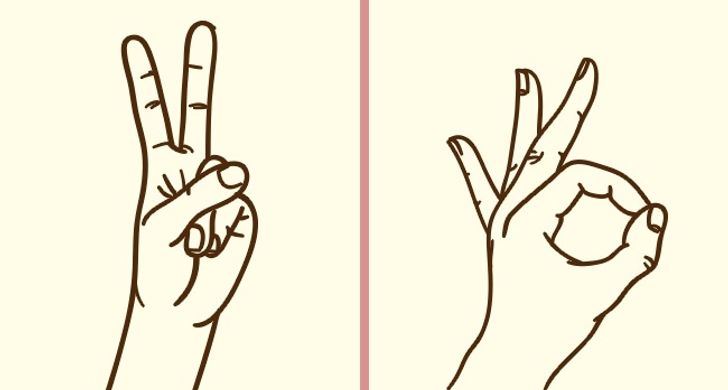
Finger gestures are more than just simple movements—they play a significant role in enhancing motor skills and neural connectivity. This exercise involves performing specific sequences of finger movements, which can improve dexterity, memory recall, and overall brain function.
How Finger Gesture Exercises Enhance Brain Health
- Improved Motor Coordination: Repetitive and intentional finger movements help strengthen the neural pathways responsible for fine motor skills.
- Memory Recall and Brain Stimulation: Associating specific gestures with mental tasks can aid in memory recall by reinforcing neural connections.
- Stress Relief and Mindfulness: Engaging in mindful finger exercises can help reduce stress levels, which is beneficial for maintaining a healthy brain.
Incorporating finger gesture exercises into your routine can be especially useful for seniors looking to improve their motor skills and cognitive function. Explore additional research on motor skill enhancement and memory improvement on Science Daily and Verywell Mind.
Boost Brain Connectivity with Bimanual Synchronous Writing
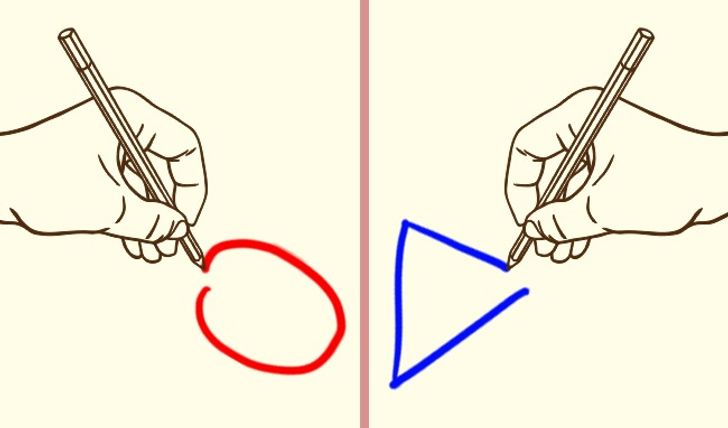
Bimanual synchronous writing is a unique exercise that involves using both hands simultaneously to write or draw. This activity stimulates both hemispheres of the brain, encouraging better communication between them. By engaging in bimanual activities, you can enhance your cognitive flexibility, creativity, and memory retention.
Key Benefits of Bimanual Synchronous Writing
- Enhanced Bilateral Brain Function: Using both hands at the same time fosters better coordination between the left and right hemispheres of the brain.
- Improved Memory and Learning: The simultaneous use of both hands requires more concentration and can lead to improved information retention.
- Boosted Creativity: This exercise encourages the brain to think in unconventional ways, leading to heightened creativity and problem-solving skills.
Bimanual synchronous writing is an effective way to ensure your brain remains agile and responsive. For further insights into the benefits of bilateral brain exercises, visit BrainHQ and Cognitive Fun.
Additional Tips for Sustained Cognitive Health and Memory Enhancement
While the four exercises outlined above are powerful tools for enhancing cognitive function, there are additional strategies you can adopt to support brain health well into old age. Incorporating these tips into your lifestyle can create a comprehensive approach to maintaining a sound mind and clear memory.
Incorporate a Balanced Diet Rich in Brain-Boosting Nutrients
A nutrient-dense diet plays a crucial role in supporting brain health. Focus on incorporating foods that are high in omega-3 fatty acids, antioxidants, and vitamins. Examples include:
- Fatty Fish: Rich in omega-3s, which are vital for brain function.
- Berries: Packed with antioxidants that protect the brain from oxidative stress.
- Leafy Greens: High in vitamins and minerals that support cognitive function.
For nutritional guidance and brain health recipes, consider resources from Harvard T.H. Chan School of Public Health and Mayo Clinic.
Stay Physically Active with Regular Exercise
Physical exercise is not only beneficial for the body but also for the brain. Regular physical activity improves blood flow to the brain, reduces stress, and supports overall cognitive performance. Combining aerobic exercises with strength training can maximize these benefits.
- Aerobic Exercise: Activities like walking, cycling, or swimming boost cardiovascular health and increase oxygen flow to the brain.
- Strength Training: Weight-bearing exercises help maintain muscle mass and improve overall body function, which indirectly supports brain health.
For exercise routines tailored to seniors, explore programs available at SilverSneakers and National Institute on Aging.
Prioritize Mental Relaxation and Stress Management
Chronic stress can negatively impact memory and cognitive function. Incorporating mindfulness and relaxation techniques into your daily routine is essential for long-term brain health.
- Meditation: Practicing mindfulness meditation can reduce stress and improve focus.
- Deep Breathing Exercises: These techniques help calm the nervous system and enhance mental clarity.
- Quality Sleep: Ensuring adequate sleep is crucial for memory consolidation and overall cognitive function.
Additional stress management strategies and meditation techniques can be found on Headspace and Calm.
Engage in Lifelong Learning and Social Activities
Continuous learning and social engagement are key factors in preserving cognitive function. Challenging your brain with new activities and staying socially active can ward off cognitive decline.
- Lifelong Learning: Consider enrolling in online courses, reading new books, or learning a new skill.
- Social Interaction: Engaging with friends, family, or community groups can provide emotional support and stimulate cognitive processes.
For lifelong learning opportunities, check out platforms like Coursera and edX.
How These Exercises and Tips Support Healthy Aging
The exercises and strategies outlined in this article are designed to stimulate the brain, improve memory, and support cognitive health. Incorporating these techniques into your daily routine can lead to:
- Enhanced Neural Plasticity: Regular brain exercises encourage the formation of new neural connections, which is essential for learning and memory.
- Improved Cognitive Function: Targeted exercises like the Schulte Table and bimanual synchronous writing enhance focus, processing speed, and problem-solving abilities.
- Delayed Cognitive Decline: Consistent mental stimulation can help slow the progression of age-related cognitive decline, allowing you to maintain mental sharpness well into old age.
- Overall Well-Being: A sound mind contributes to a better quality of life, improved mood, and a greater sense of fulfillment.
These benefits not only contribute to personal growth but can also have a positive impact on your professional and social life. For more detailed information on cognitive training and brain health, visit reputable sites such as Harvard Health Publishing and National Institute on Aging.
Conclusion: Empower Your Brain for a Vibrant, Healthy Future
Aging gracefully means nurturing your mind as much as your body. By incorporating targeted brain exercises like multicolored text visualization, Schulte Table drills, finger gestures, and bimanual synchronous writing into your daily routine, you’re taking proactive steps toward preserving memory and cognitive function. Coupled with a balanced diet, regular physical activity, effective stress management, and lifelong learning, these practices create a robust framework for cognitive health.
Embrace these exercises as part of your routine, and over time, you’ll notice improvements in mental clarity, focus, and overall brain performance. The journey to a sound mind and clear memory isn’t just about staving off cognitive decline—it’s about empowering yourself to live a full, vibrant life regardless of age.
Remember, the path to optimal brain health is continuous. By staying committed to these practices and integrating additional healthy lifestyle tips, you can ensure that your cognitive abilities remain sharp well into your later years. Take the initiative today and experience the profound benefits of a healthy, active brain.
For further reading and expert advice on cognitive enhancement and brain health, explore resources at Harvard T.H. Chan School of Public Health and Mayo Clinic. Your future self will thank you for investing in your brain fitness now.
Preview photo credit depositphotos
